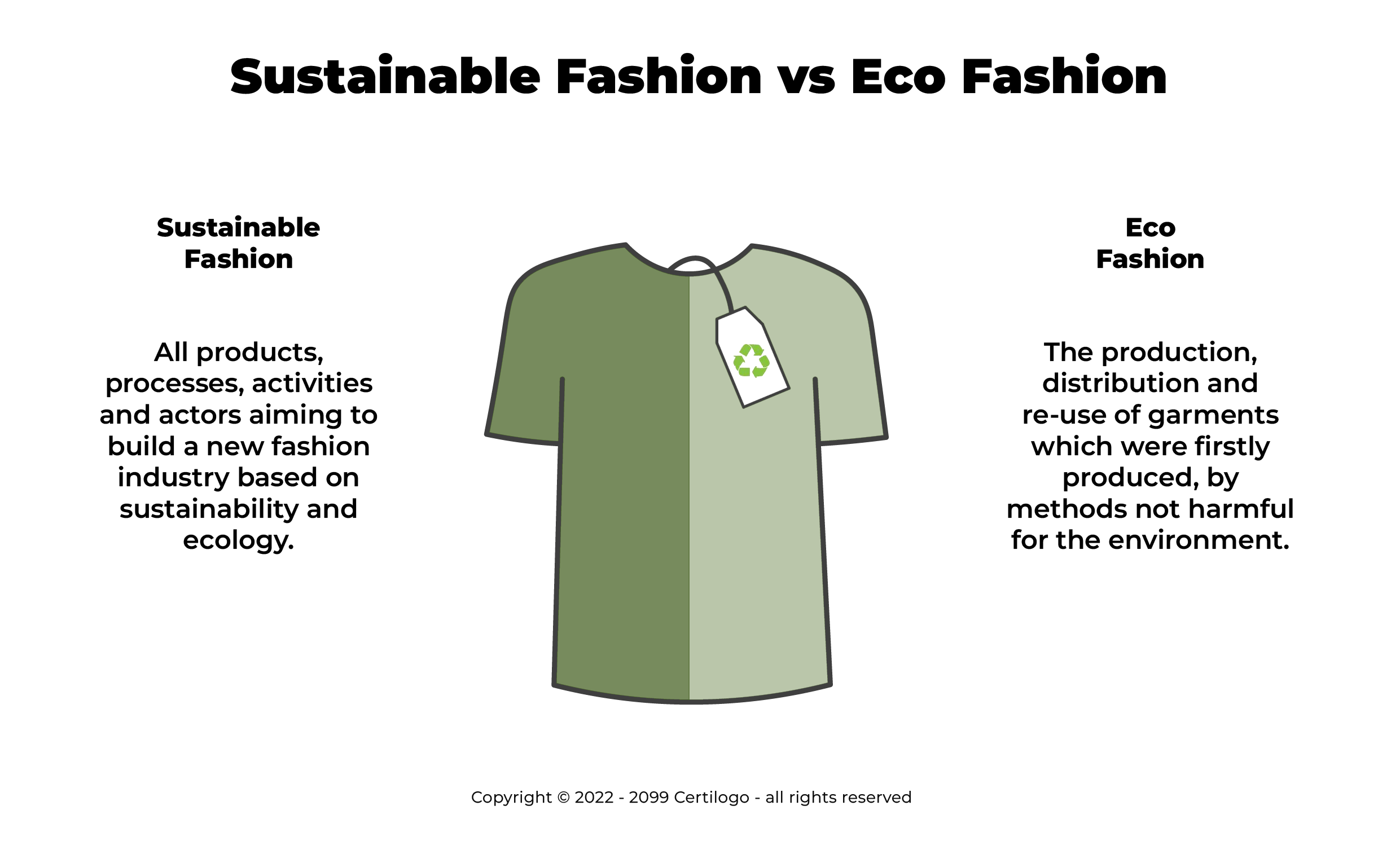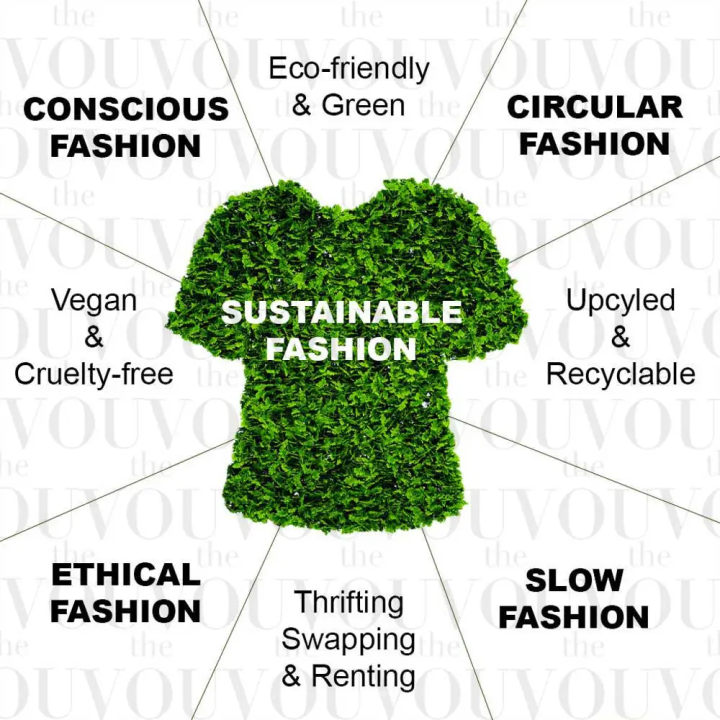Cape Town Sustainable Fashion Week: Highlighting Eco-friendly Innovations
Cape Town Sustainable Fashion Week: Highlighting Eco-friendly Innovations
Blog Article
Stay Ahead of the Contour by Exploring Cutting-edge Style Fads
In a market as dynamic as style, remaining ahead involves more than just complying with current fads-- it requires an expedition of development. Smart textiles, for example, are changing garments into useful work of arts, while 3D printing is changing style processes with its personalized, waste-reducing capabilities. As sustainability comes to be a cornerstone, advancements like environment-friendly materials and circular style practices are reshaping ecological obligation - Cape Town Sustainable Fashion. Moreover, the merging of technology and fashion advertises a brand-new era of customer involvement. How, then, can these arising patterns redefine the future of fashion, and what effects do they hold for brand names looking for to grow in this evolving landscape?

Accepting Smart Textiles
Recently, the style sector has actually witnessed a transformative change with the assimilation of clever fabrics, an innovative advancement that mixes innovation with material. This evolution stands for not just a fusion of aesthetic appeals and performance yet additionally a significant leap towards sustainability and customization in vogue. Smart fabrics, likewise referred to as e-textiles, installed sophisticated electronic devices such as sensing units and conductive threads within the material, enabling garments to communicate with the environment or the user.
These textiles are made to monitor physical parameters, such as heart price or body temperature, giving real-time health analytics. Past health and wellness applications, smart fabrics are also being utilized for flexible garments, which can alter shade or pattern in response to ecological stimulations, therefore providing a vibrant style experience.
Furthermore, the development of energy-harvesting fabrics that create power from motion or sunshine is leading the way for self-dependent wearable technology. This innovation is attracting environmentally conscious consumers and designers intending to decrease the ecological footprint of style. As research study and advancement in this area advance, smart fabrics are anticipated to become significantly common, improving the landscape of modern fashion with their multifunctional abilities.
The Surge of 3D Printing
Reinventing the production landscape, 3D printing has become a game-changer in the garment industry. This innovative innovation has actually enabled developers to press the borders of creativity, creating detailed and tailored garments that were formerly unimaginable. By leveraging digital style and additive production, 3D printing helps with the creation of complicated geometries and patterns, allowing developers to trying out new textures and frameworks.
A noteworthy benefit of 3D printing in fashion is its ability to produce on-demand, reducing waste and decreasing inventory demands. This efficiency not only optimizes manufacturing procedures yet likewise permits quick prototyping, making it possible for developers to bring their visions to life in a shorter duration. In addition, 3D printing supports personalization to a level unmatched by typical approaches, supplying unique styles and personalized fits tailored to individual customer choices.
The rise of 3D printing has also equalized style, making it available to arising developers that can currently fabricate top notch items without substantial monetary investment in typical manufacturing framework. As innovation remains to advancement, the garment industry is positioned to harness the full possibility of 3D printing, exploring brand-new products and strategies that will certainly redefine exactly how fashion is developed and created.
Lasting Fashion Developments
As the style industry grapples with journalism need for ecological obligation, lasting style technologies have emerged at the leading edge of transformative adjustment. The growing awareness of ecological impact has fueled a change towards even more eco-conscious techniques and materials. Brands and designers are currently focusing on sustainability, including approaches that decrease waste and decrease carbon footprints.
One substantial development is the rise of round fashion, which emphasizes recycling and upcycling to prolong the lifecycle of garments. This approach not just lowers waste but also urges customers to adopt a more mindful method to garments usage.
Another advancement depends on the adoption of innovative dyeing methods that utilize waterless procedures or all-natural dyes, thus minimizing the huge quantities of water and chemicals generally used in textile dyeing. Moreover, advancements in biotechnology have actually caused the creation of lab-grown leather and textiles, offering cruelty-free and environmentally friendly choices to traditional materials. Via these introducing efforts, the apparel industry is making significant strides towards an extra sustainable future.

Tech-Integrated Garments
Tech-integrated apparel represents a cutting-edge fusion of style and technology, reshaping how people connect with their apparel. This cutting-edge domain name is marked by the incorporation of smart fabrics and ingrained digital elements, improving both performance and aesthetic charm. From health and fitness trackers installed in sports apparel to heated coats regulated using smart device apps, tech-integrated apparel provides consumers unmatched convenience and versatility.
Pioneering brand names are driving this pattern, focusing on creating garments that react to ecological stimulations or customer commands. For instance, some garments can transform shade or he said pattern in reaction to temperature level changes, while others include biometric sensors to keep track of health and wellness metrics like heart rate or tension degrees. The smooth integration of modern technology right into textiles additionally encompasses environmental sustainability, with efforts to create self-cleaning fabrics or garments that adapt to weather conditions, therefore reducing the requirement for multiple layers.
In addition, the advent of wearable modern technology is not simply restricted to clothing however encompasses devices like watches and glasses, further expanding the extent of tech-integrated style. As the sector proceeds to innovate, the capacity for modification and customization in garments grows, supplying customers distinct, tech-enhanced fashion experiences that satisfy their individual demands and choices.
Future of Virtual Fashion
Recently, the future of online fashion has arised as a transformative force within the market, leveraging developments in digital innovation to redefine exactly how style is created, experienced, and taken in. By integrating enhanced truth (AR), online truth (VR), and 3D design devices, developers can currently craft interactive and immersive experiences that go beyond standard style boundaries. Online fashion permits Visit Your URL the creation of garments that exist only in digital environments, using limitless possibilities for innovation without the limitations of physical manufacturing.
This electronic shift not only provides possibilities for creative expression however likewise addresses sustainability worries integral in conventional fashion practices. Cape Town Sustainable Fashion. By removing the demand for physical resources, virtual style lowers waste and reduces carbon impacts. Furthermore, the increase of virtual style aligns with the boosting customer need for distinct and customized experiences, as online garments can be tailored and tailored to individual preferences with convenience

Conclusion
The garment industry's future lies in the integration of sustainable practices and ingenious technologies - Cape Town Sustainable Fashion. Smart textiles and tech-integrated garments are boosting performance, while 3D printing uses possibilities for customization and waste reduction. Lasting style, through circular approaches and environmentally friendly products, demonstrates a commitment to ecological stewardship. In addition, digital fashion is positioned to redefine consumer interactions. Adapting to these fads is essential for brand names looking for to remain competitive and relevant in this quickly developing landscape.
In current years, the fashion industry has witnessed a transformative shift with the combination of clever check out here fabrics, an innovative advancement that mixes technology with textile.As the style sector grapples with the pushing demand for ecological duty, lasting style innovations have emerged at the center of transformative adjustment.In recent years, the future of digital style has actually arised as a transformative force within the industry, leveraging developments in digital technology to redefine how fashion is created, experienced, and eaten. The rise of virtual style lines up with the enhancing customer demand for distinct and individualized experiences, as online garments can be personalized and tailored to private preferences with convenience.
The style sector's future lies in the combination of lasting methods and cutting-edge modern technologies.
Report this page